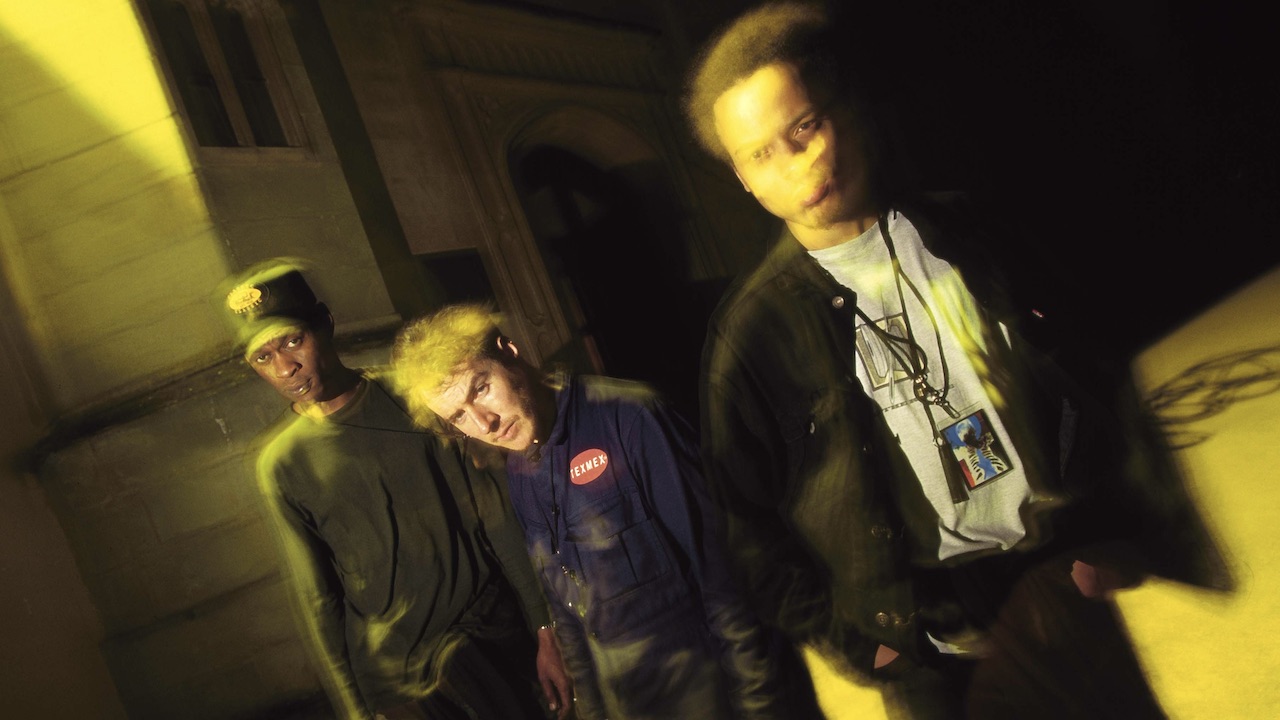When they first emerged as part of Bristol sound system collective The Wild Bunch, the members of Massive Attack claimed to be at the vanguard of a new genre, telling The Face that they were purveyors of “minimalist lovers’ hip-hop”. Though the descriptor never caught on, the West Country boys’ sonic language definitely did. Their chilled-out and sensual take on electronica – which dabbled in reggae, jazz and even prog rock at points – instantly turned heads on debut album Blue Lines. Copycats emerged within just a couple of years, leading to the media identifying the group as the leaders of a new ‘trip-hop’ scene, also featuring the likes of Tricky, Portishead, Morcheeba and others.
However, Massive Attack’s boundary-busting vision always kept them ahead of the curve, even when their line-up began to in-fight and crumble in the late ’90s. “We just wanted to firmly establish our own identity,” Robert Del Naja, aka 3D, stated, and they did so emphatically with 1998’s massively influential Mezzanine.
Here’s the Bristol band’s studio output ranked in reverse-order of excellence.

5. 100th Window (2003)
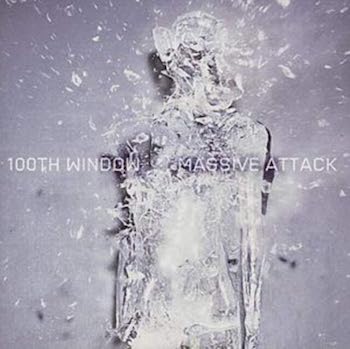
Massive Attack were barely Massive Attack on album four. Following predecessor Mezzanine, co-founders Andrew “Mushroom” Vowles and Grant “Daddy G” Marshall shed rank, leaving Del Naja to steer the ship. The band dropped their sample-heavy hip-hop/reggae/prog combo under his stewardship, while Sinead O’Connor and Blur/Gorillaz man Damon Albarn sang more songs than longtime collaborator Horace Andy.
100th Window’s greatest moments are those with O’Connor at the mic, her bittersweet voice complementing the sorrow of What Your Soul Sings. The foreboding tone of Mezzanine was still alive five years later but, unlike the megahit which established that soundscape, the payoffs felt less textured and impressive (opener Future Proof notwithstanding). Not a bad album, just this lot’s least ‘massive’.
4. Heligoland (2010)
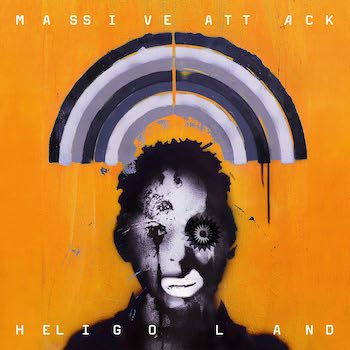
Daddy G returned from “sabbatical” in 2005 and, probably not by coincidence, Massive Attack sound far fuller on their first album afterwards. Del Naja described Heligoland as having “a more organic feel” than 100th Window, and many of its songs are more like the product of a fully-fledged rock band than an electronic project.
From Pray For Rain’s booming drums to Psyche’s acoustic guitar, Massive Attack’s eclecticism made a stark comeback. Atlas Air’s march of percussion and synth-rock melodies is the most flamboyant Depeche Mode music that Depeche Mode never wrote. Most impressive, though, is Girl I Love You, which pairs rumbling, rock ’n’ roll bass with cinematic strings under Horace Andy’s reggae croons and somehow made sense.
3. Protection (1994)
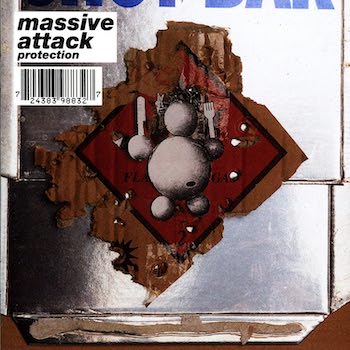
Protection is the only Massive Attack album to not feel like a rebellion against the one before it. In almost every way, it was the successor to Blue Lines, down to the artwork being a burned-down sequel to the debut’s ‘fire hazard’ front cover. The title track took extra dub influence with its wobbly guitar strums, whereas Weather Storm was made even sexier than past achievements with its lounge pianos and funky bassline.
Hints of the darkly avant-garde hip-hop to come manifested on finale Heat Miser, however, its pulse ominous and post-rocking throughout. In hindsight, it was the first sign that Massive Attack were growing beyond the trip-hop trend arising around them, ready to flourish outside the subgenre that they’d started.
2. Blue Lines (1991)
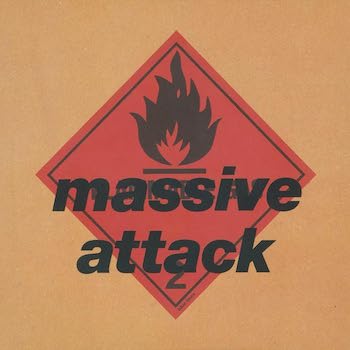
By 1991, British hip-hop was yet to get that album: the album which divorced it from following crazes across the Atlantic and made it stand on its own. Then it got Blue Lines. Suddenly, all eyes were on some self-labelled “Bristol twats”, whose experiments with dub, soul and more were unprecedented but too seamless to ignore.
Between Shara Nelson and Horace Andy’s singing, the bopping rhythms and Unfinished Sympathy’s alluring orchestra, Blue Lines united its ostensibly disparate elements with one goal: to seduce you through your ear. Its relaxed and genre-straddling songs set the template for trip-hop, but even today they sound fresher than much of what the derivatives cooked up. It’s still not Massive Attack’s magnum opus, mind…
1. Mezzanine (1998)
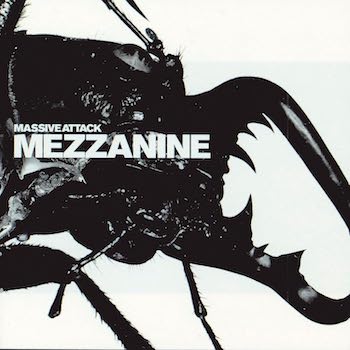
Trip-hop purveyors with styles comparable to Blue Lines’, from DJ Shadow to Portishead, began to proliferate in the mid-’90s. So, Del Naja knew it was time to evolve or perish. He took inspiration from post-punk, stripped colour from Massive Attack’s aesthetic, and abandoned jazz and reggae. The choices alienated certain members, chiefly Vowles, but birthed the band’s masterpiece.
Rather than laidback tunes, Mezzanine offers claustrophobia and stacks of rock, pop and electronica. Angel pulled Horace Andy from dub and became a seedy, subversive triumph. Its intimacy set the stage for the 10 more tracks to follow, yet didn’t play the album’s full hand either. It let moments like Risingson’s industrial clamour and the bleak guitar chords of Dissolved Girl both surprise and fit in perfectly.
Alongside such nascent classics as Radiohead’s OK Computer, Mezzanine was a refreshing rejection of Britpop optimism and ushered in the next age of music. More than 25 years on, it remains Massive Attack’s greatest achievement, its influence cited not just by trip-hop wannabes, but by acts in prog, punk and everything in between.
